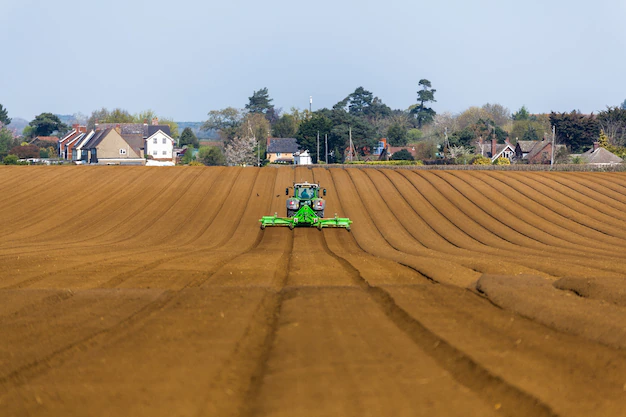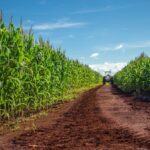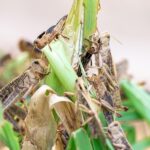Tilling and cultivating equipment play significant roles in soil health, although the extent of their impact depends on various factors such as the type of equipment, soil conditions, and management practices. Here are some key points regarding their role:
- Soil Aeration: Tilling and cultivating equipment help to improve soil aeration by breaking up compacted soil layers. This allows better movement of air, water, and nutrients within the soil, facilitating root growth and microbial activity.
- Weed Control: Tilling equipment can effectively control weeds by uprooting or burying them. This reduces competition for nutrients, water, and sunlight, which benefits crop growth. However, excessive or improper tilling can also promote weed seed germination or spread perennial weeds.
- Incorporation of Organic Matter: Cultivating equipment, such as plows or disc harrows, can be used to incorporate organic matter into the soil. This helps to increase soil organic carbon content, improve nutrient availability, enhance soil structure, and promote microbial activity.
- Seedbed Preparation: Tilling equipment is commonly used for seedbed preparation. It helps create a loose and fine soil structure that promotes seed germination, root penetration, and nutrient uptake by the emerging plants.
- Erosion Control: Tilling can play a role in erosion control by breaking up surface crusts and reducing surface runoff. By promoting soil aggregation, tilling helps to prevent soil particles from being easily detached and carried away by water or wind erosion.
- Potential Drawbacks: Excessive or improper tilling practices can have negative impacts on soil health. Over-tilling can lead to the loss of organic matter, increased soil erosion, compaction of lower soil layers, and disruption of soil structure. It can also disturb beneficial soil organisms and increase the risk of nutrient leaching.
To maintain soil health while using tilling and cultivating equipment, it is important to adopt conservation-oriented practices. These include minimizing unnecessary tilling, practicing conservation tillage methods (such as reduced tillage or no-till), utilizing cover crops, diversifying crop rotations, and adopting precision agriculture techniques. These practices aim to preserve soil structure, minimize erosion, improve organic matter content, and promote overall soil health and sustainability.
Join 'Farmers Mag' WhatsApp Channel
Get the latest Farming news and tips delivered straight to your WhatsApp
CLICK HERE TO JOIN






